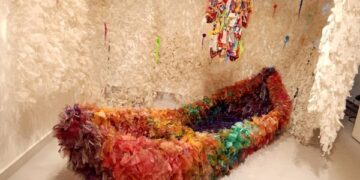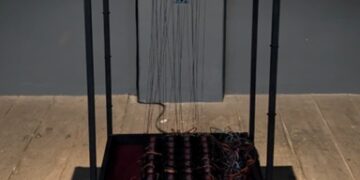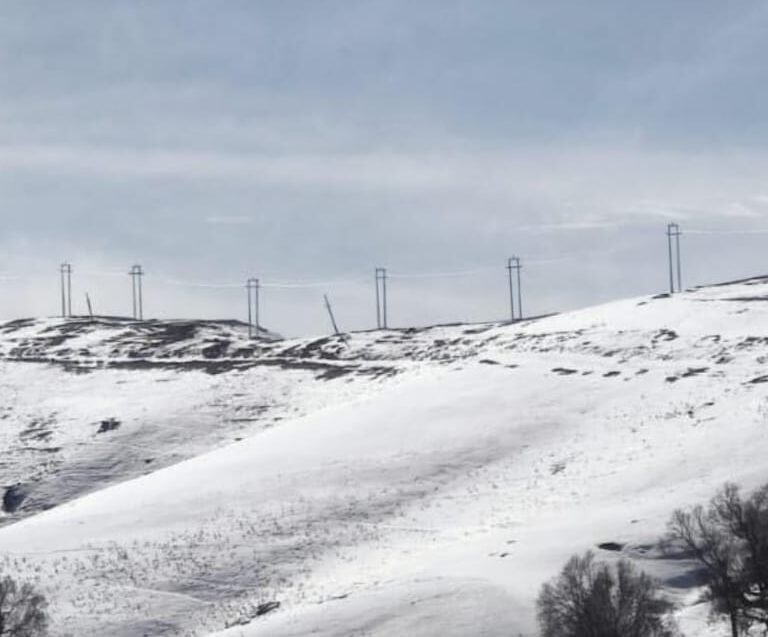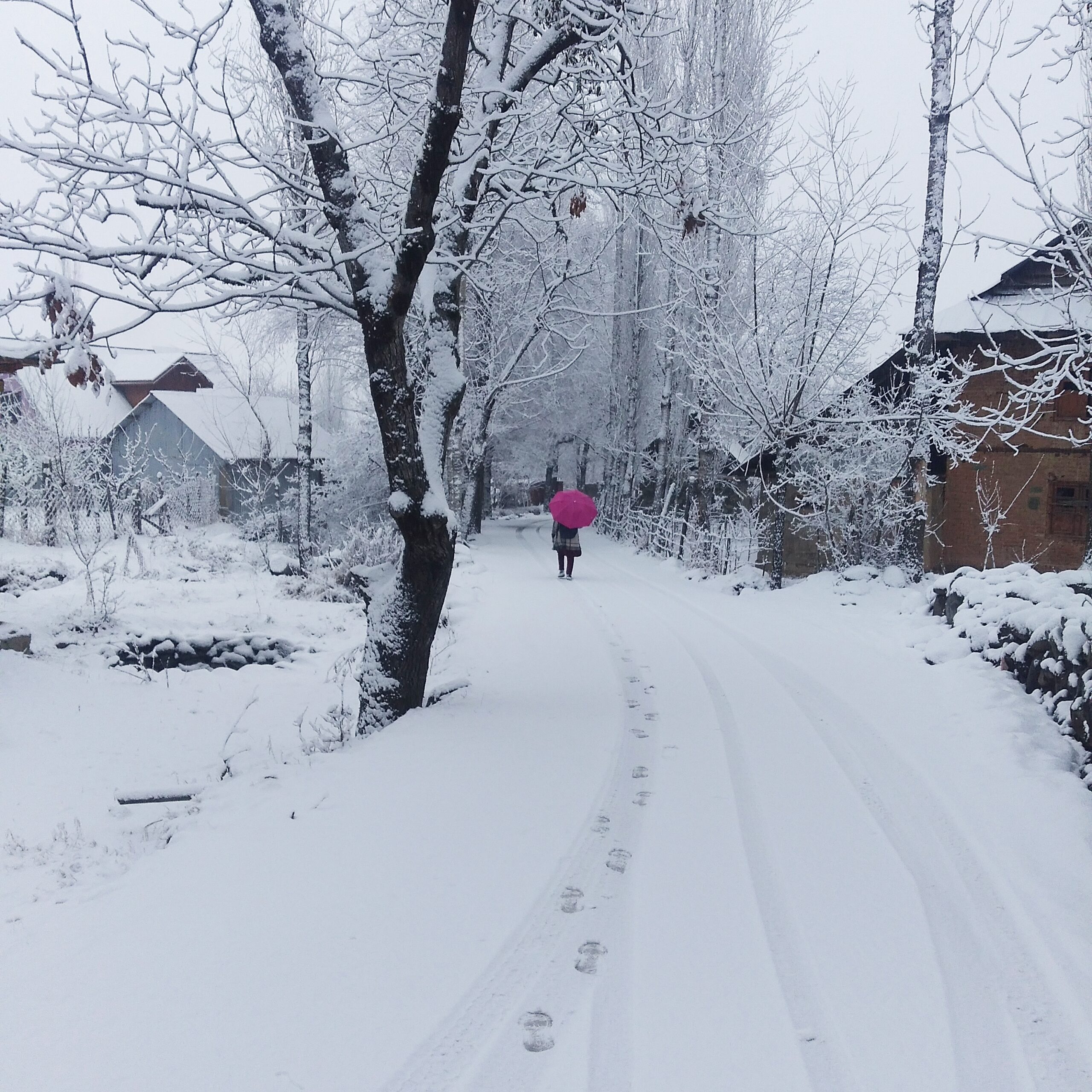In the ever-evolving landscape of Indian contemporary art, a subtle yet powerful movement is quietly weaving together the future and the past. This movement isn’t loud with neon lights or ultra-modern minimalism—it’s rooted in age-old traditions, indigenous wisdom, and the textures of handmade craft. It’s a revival of Indian traditional arts, seen through a modern lens.
Many contemporary Indian artists are not just producing art that “looks Indian.” They are embracing the very essence of India’s handmade legacy—its crafts, its community-based knowledge systems, its tactile imperfections—and reinterpreting them to reflect today’s cultural concerns. These artworks are not mere nostalgia pieces; they question, provoke, and respond to global contemporary discourses, while staying grounded in regional identities.
Across India, local materials, folk art styles, and age-old techniques are being pulled into conversation with modern concepts. An artist may use Warli tribal patterns to speak about migration and urbanization. Another may take handloom khadi and shape it into immersive installations critiquing consumerism.
Contemporary Indian artists are breathing new life into practices such as Madhubani, Pattachitra, miniature painting, and terracotta sculpture, which once seemed fated to remain confined to heritage museums or rural workshops. Now, these forms are travelling to art biennales, international exhibitions, and avant-garde installations.
Take Gita Wolf, founder of Tara Books in Chennai, who has collaborated with tribal and folk artists to turn their traditional storytelling into contemporary picture books and exhibitions. Artists like Bhawna Sharma, who merges Chamba Rumal embroidery with digital art and feminist themes, are keeping the technique alive while giving it fresh socio-political relevance.
Similarly, Shelly Jyoti, known for her work with khadi and Ajrakh block printing, creates textile-based installations that address ideas of Gandhian philosophy, sustainability, and national identity. Her project The Khadi March: Just Five Meters is a strong example of tradition turned contemporary in both form and message.
Another important figure is Renuka Rajiv, whose textile art integrates hand-dyeing, embroidery, and tribal symbolism with questions of gender, identity, and personal history. Her work is intensely handmade and personal, yet reflects shared socio-political contexts.
Sculptor and installation artist GR Iranna often incorporates humble rural materials—mud, fabric, terracotta—into striking meditative works that feel both ancient and experimental. Similarly, Neha Choksi’s conceptual pieces sometimes employ natural pigments, paper, and earth to reflect on transience and memory.
These projects are not just reviving lost practices—they’re giving them a vocabulary that today’s audiences can understand. By collaborating with local artisans, artists are making space for conversations between the rural and the urban, the traditional and the cutting-edge.
This isn’t just aesthetic. It’s deeply political, spiritual, and ecological. In this synergy of craft and concept, there’s a quiet revolution happening. India’s past is not something to be preserved behind glass—it’s alive, it’s breathing, and it’s shaping the art of tomorrow.
As collectors, educators, and art lovers, recognizing and supporting these efforts becomes not only a gesture of appreciation but also a commitment to sustaining India’s pluralistic artistic legacy in a world that’s quickly forgetting the slow, the handmade, and the local.
The Art of Linocut: Process, Tools, and Timeless Masters
Linocut is a bold and accessible form of printmaking that has stood the test of time, captivating generations of artists with its simplicity, versatility, and visual impact. Born in the early 20th century as a variation of woodcut, linocut (short for linoleum cut) uses a sheet of linoleum as the printing surface—softer and easier to carve than wood, yet capable of producing striking, high-contrast prints.
Today, linocut continues to thrive among both fine artists and illustrators. It bridges the worlds of traditional craftsmanship and contemporary graphic design, offering an expressive way to communicate through shape, rhythm, and texture.
The Linocut Process:
- 1. Design Transfer
The process begins with an artist sketching a design on paper and transferring it (often in reverse) onto a linoleum sheet using tracing paper or carbon paper. This reversed image is crucial since the final print will be a mirror of the carved surface.
- Carving the Block
Using a set of linocut tools—typically U-gouges and V-gouges—artists carve away the negative spaces, leaving the raised areas that will receive ink. Patience and precision are essential at this stage.
- Inking the Plate
Ink, usually oil-based or water-based block printing ink, is rolled onto the carved surface with a rubber roller (brayer). Only the raised areas pick up the ink.
- Printing
A sheet of paper is carefully placed on top of the inked plate, and pressure is applied—either by hand using a barren/spoon or with the help of a printing press. The result is a crisp, high-contrast image.
Editioning
Multiple copies of the print (called an edition) can be made. Each one is considered an original, not a reproduction, as they are printed directly from the carved block.
Tools of the Trade
Linoleum block – Soft or mounted linoleum is used as the printing surface. Soft linoleum is more beginner-friendly.
Cutting tools – U-shaped and V-shaped gouges of various sizes are essential.
Brayer (roller) – Used to evenly roll ink onto the surface.
Ink – Water-based inks for easier cleanup, oil-based for richer saturation.
Baren or printing press – For transferring the inked image onto paper.
Linocut Masters:
Pablo Picasso
Though primarily known for his painting and sculpture, Picasso was a passionate experimenter of printmaking. In the 1950s, he took a keen interest in linocut and pushed the technique to new artistic heights. His linocuts like Portrait of a Woman after Cranach the Younger (1958) are masterclasses in layered color and simplicity.
Henri Matisse
Matisse’s bold use of cut-outs found a natural extension in linocut. His prints emphasized strong silhouettes and flowing organic shapes, reflective of his collage work during the final years of his life.
Chittaprosad Bhattacharya
In India, this spirit found a fierce and fearless voice in Chittaprosad Bhattacharya. A self-taught artist and political thinker, Chittaprosad turned to linocut during the 1930s and ’40s, when colonial repression and famine ravaged Bengal. With a knife and ink, he documented poverty, hunger, and resilience—portraying faces the mainstream refused to see. His works, often distributed as political pamphlets and posters, rejected elitist art traditions in favor of immediacy and impact. In Chittaprosad’s hands, linocut wasn’t just art; it was resistance.
Today, linocut lives on. In studios and print collectives around the world, artists continue to use this medium to talk about what matters—from climate change to cultural memory. Some integrate textiles, poetry, or animation, but the soul of the form remains unchanged: bold, handmade, and unapologetically honest.
What connects every linocut artist—past and present—isn’t just the tools they use. It’s the urge to slow down, to carve meaning, and to leave a mark that speaks beyond words. Whether it’s a delicate portrait or a thunderous political statement, the art of linocut reminds us that beauty can be blunt, truth can be carved, and revolution can begin with a blade and a block.Modern artists continue to adapt linocut for contemporary subjects—book illustrations, political posters, gallery art, and even street prints. The medium’s tactile nature and raw aesthetic provide a powerful voice in a digital age where everything can feel overly polished.







